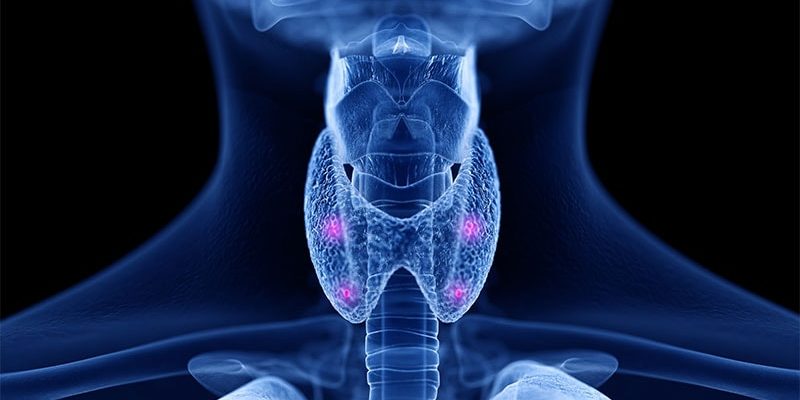TOPLINE:
A high parathyroid hormone (PTH) level was significantly associated with nonalcoholic fatty liver disease (NAFLD) and nonsignificantly associated with nonalcoholic steatohepatitis (NASH) in a meta-analysis.
METHODOLOGY:
-
The researchers conducted a systematic review and meta-analysis of 12 case-control studies of patients with NAFLD/NASH and a comparison group without NAFLD/NASH.
-
All studies had data on mean PTH levels in cases and controls.
-
Pooled weighted mean difference (WMD) was calculated by combining WMDs of each study using a random-effects model.
TAKEAWAY:
-
A meta-analysis of 10 studies with 1051 patients with NAFLD and 1510 controls revealed a significant association between high PTH level and NAFLD, with a pooled WMD of 5.479.
-
A meta-analysis of four studies with 99 patients with NASH and 143 controls revealed a trend toward an association of high PTH level and NASH, with a pooled WMD of 11.995; statistical significance was not achieved owing to inadequate power.
-
Both meta-analyses had high statistical heterogeneity (I 2 of 82.4% for NAFLD and 81.0% for NASH).
IN PRACTICE:
“These findings may have clinical implications as they may suggest that high PTH level could be another biochemical marker of presence of NAFLD and possibly NASH,” the researchers wrote.
SOURCE:
This study was led by Aunchalee Jaroenlapnopparat, MD, Mount Auburn Hospital/Beth Israel Lahey Health, Cambridge, Massachusetts. It was published online July 7 in Diabetes & Metabolic Syndrome: Research & Reviews. The study had no funding.
LIMITATIONS:
This systematic review and meta-analysis included observational studies, which might not show a causal relationship owing to potential confounding effects. Both meta-analyses demonstrated high statistical heterogeneity, probably due to differences in study design, population, and quality among the included studies. The number of studies and participants in the NASH-related analysis were limited, which may have compromised the statistical power of the analysis.
DISCLOSURES:
The authors have no relevant conflicts of interest.
For more news, follow Medscape on Facebook, Twitter, Instagram, and YouTube
Source: Read Full Article
